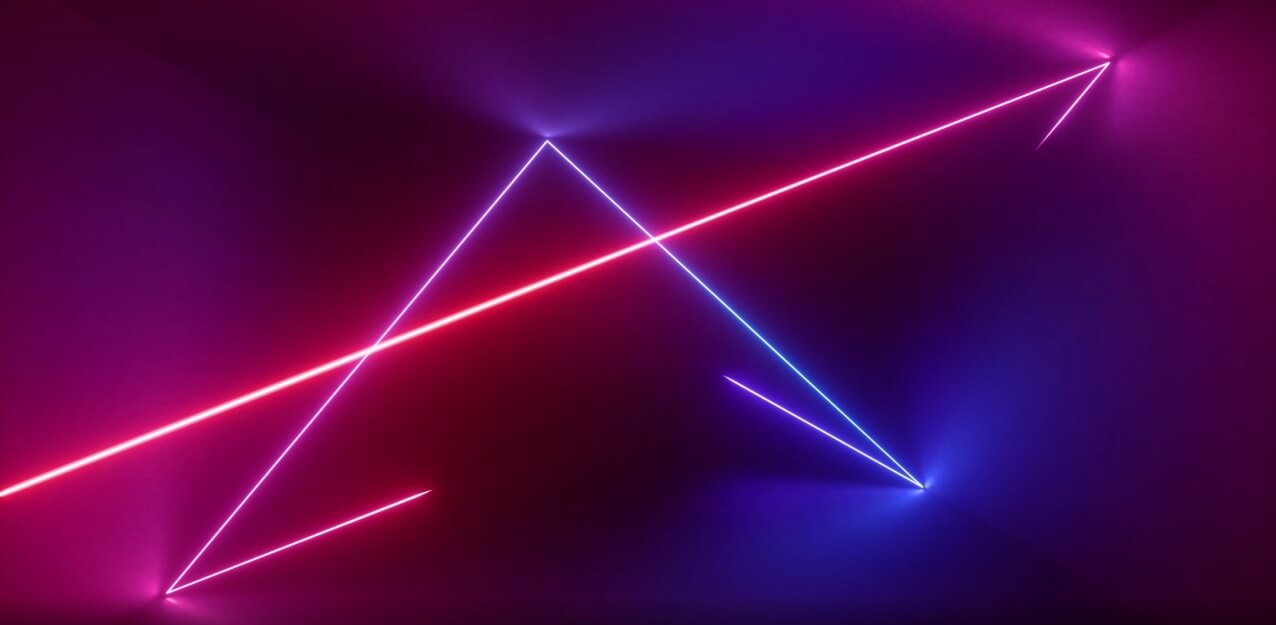Originally posted by DMJC
View Post
Most recently, Imagination was pushing realtime raytracing. Too bad they've fallen on hard times.
I was hoping realtime raytracing would be the next big feature of Apple iProducts (I don't own one, but them doing it might bring along the rest of the industry). But they're no longer going to use Imagination GPUs, so... probably not.




Comment